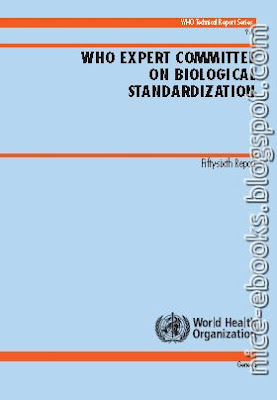
Statistics show that out of five thousand compounds with initial promise, five will go into human clinical trials, and only one will become an approved drug. This tiny fraction illustrates the huge complexities involved in bringing a drug to market, a process that brings together scientific research, medical ethics, business, and various regulatory agencies.
Drugs-From Discovery to Approval presents a clear, step-by-step overview of the entire process. Using simple language, this comprehensive guide introduces basic concepts, then moves on to discuss disease target selection and the discovery processes for both small and large molecule drugs. Subsequent chapters explain preclinical studies, clinical trials, regulatory issues, good manufacturing practices (GMPs), and perspectives on the future. Coverage also includes:
* A helpful listing of current FDA and European guidelines
* A special section on regulatory authorities and processes in Japan and China
* Rich illustrations throughout, including more than ninety figures and tables
* Useful appendices on the history of drug discovery and development
* Representative examples of drug mechanisms in action
Written for professionals in the pharmaceutical industry, and readily accessible for students of pharmacy or medicine and others interested in drug discovery, Drugs-From Discovery to Approval represents a practical and approachable reference on this important process.
Download Link:
http://rapidshare.com/files/121131306/Drgs_fr_disco_appr.zip
 This book is the definitive work on the theory and practice of pharmaceutical tablet and pellet coating. It describes both the practical and theoretical aspects of tablet coating, including the equipment and methods used in laboratory development, scale-up and production systems, as well as automation and validation. This book also discusses the problems of conforming to world-wide regulations, and the hazards of environmental pollution.
This book is the definitive work on the theory and practice of pharmaceutical tablet and pellet coating. It describes both the practical and theoretical aspects of tablet coating, including the equipment and methods used in laboratory development, scale-up and production systems, as well as automation and validation. This book also discusses the problems of conforming to world-wide regulations, and the hazards of environmental pollution.















